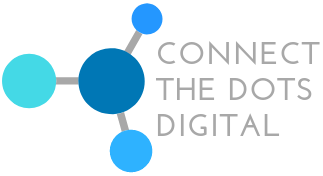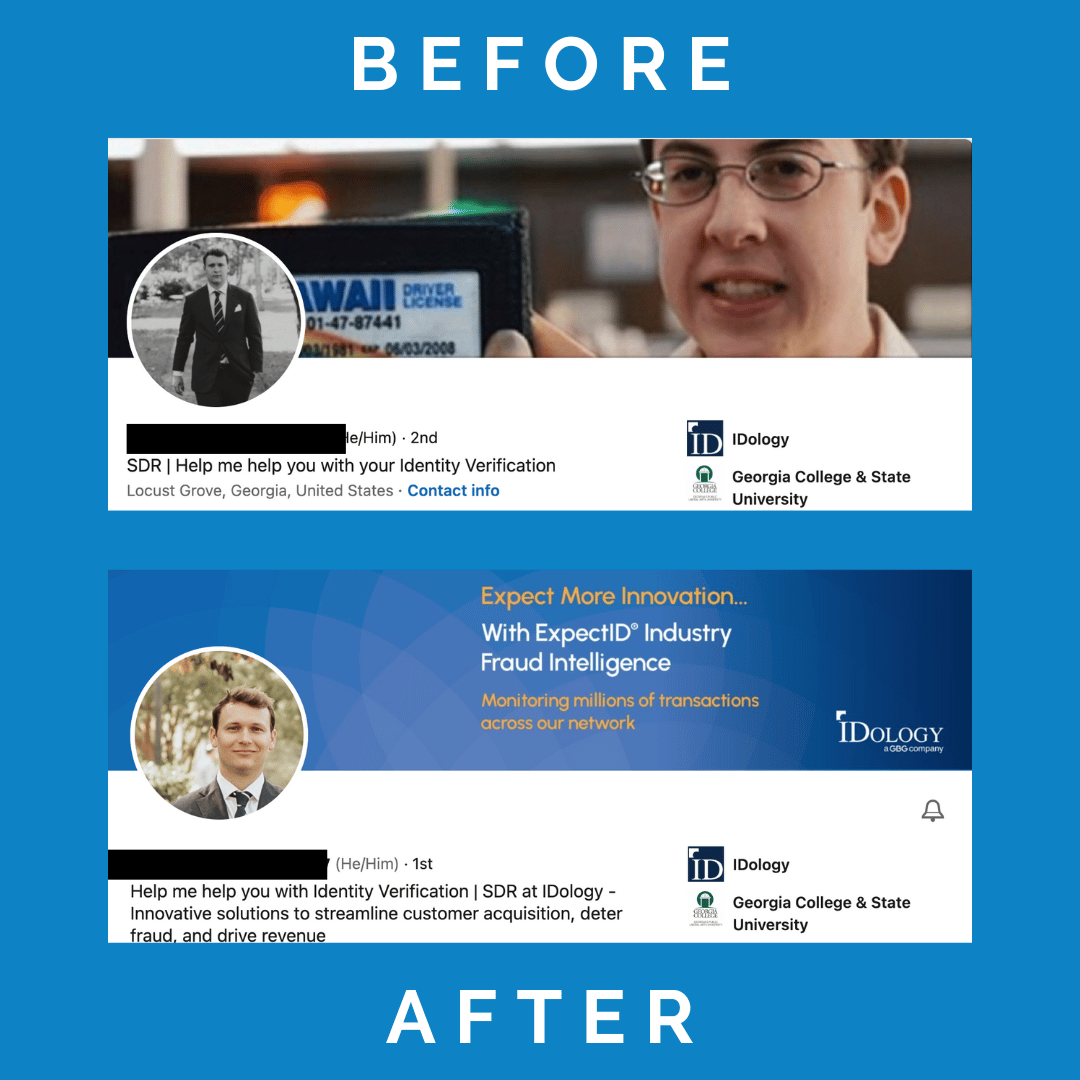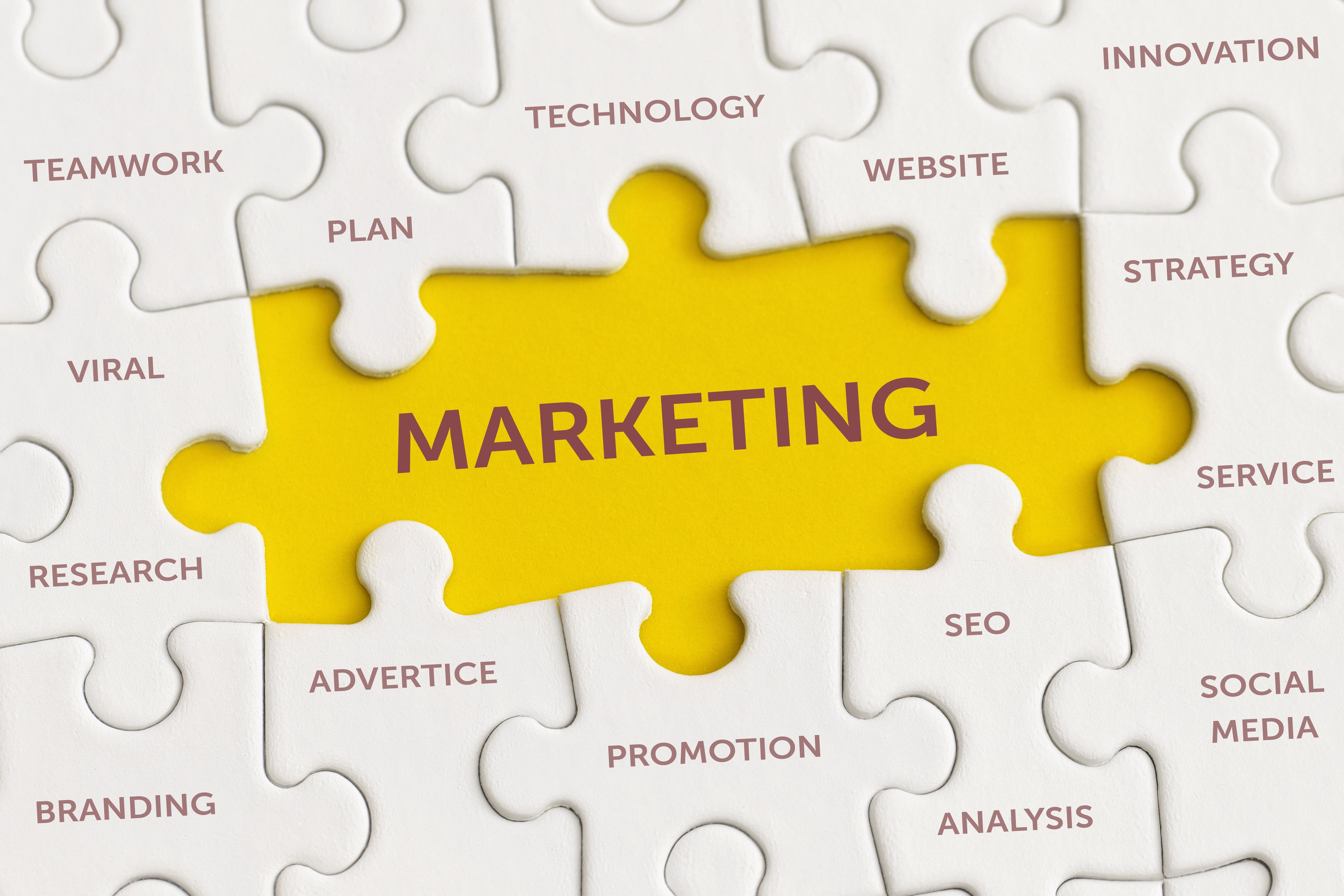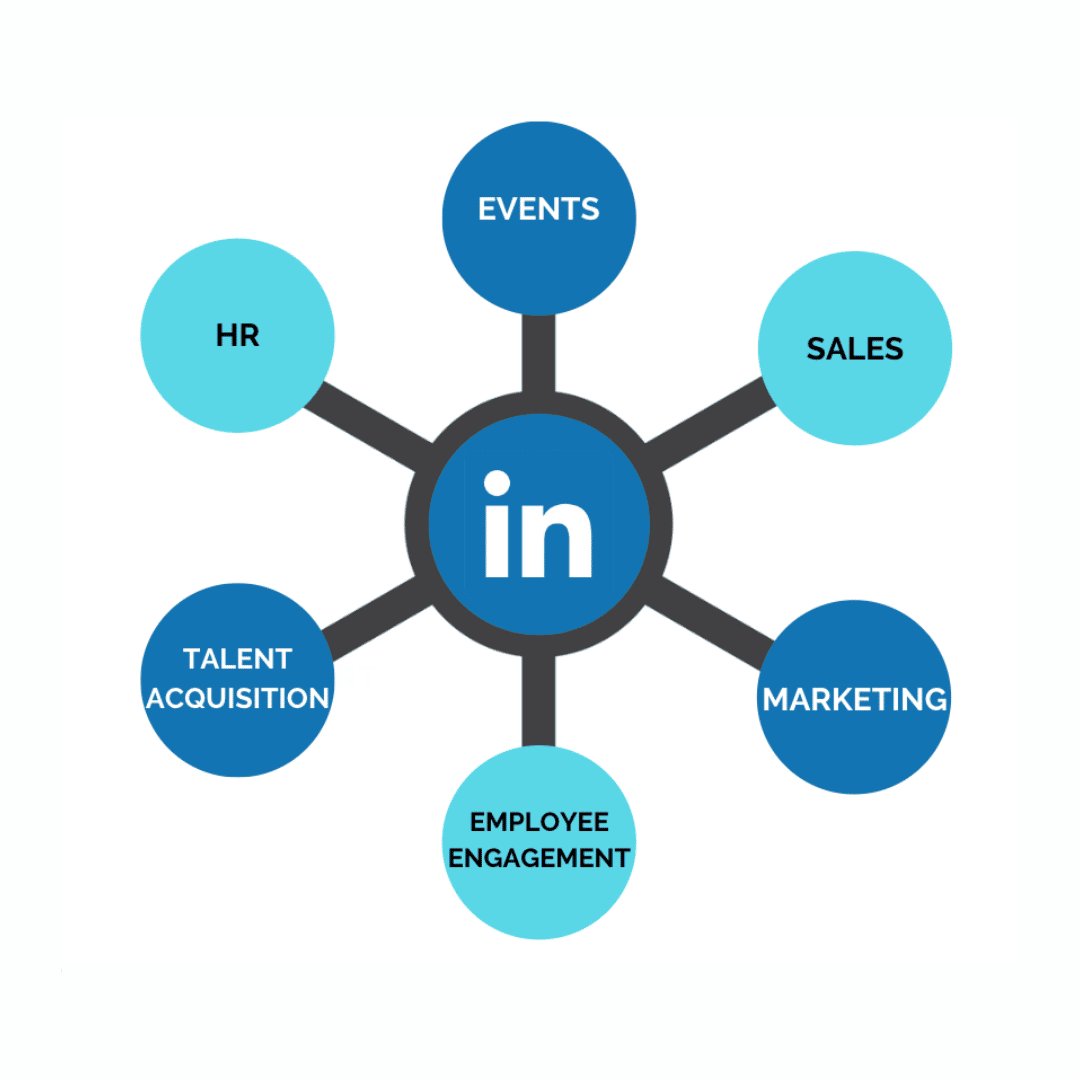Subscribe to our newsletter for updates:
Over the past few years, LinkedIn has transformed from a job search tool into a 24-7 networking event. People who embrace this change reap the benefits – they stand out, build awareness and crush their goals, both personal and professional.
Sadly, many companies are slow to embrace this change. According to a recent poll, “81% of companies did not provide any LinkedIn training in 2022” (Daniel Disney).
LinkedIn marketing is often focused solely on the company page, with a top-down employee mandate to robotically share the latest piece of content. Often, chaos reigns, as each department has its own strategy, which creates misalignment in the brand message – when everyone “owns” LinkedIn, no one really does.
But what if companies made the shift and realized they were sitting on a gold mine – their employees! Just look at these high-level stats highlighting the power of employee advocacy shared by Danielle Guzman:
- 76% keep up with industry trends
- 50% attract & develop new business
- 44% are recognized as a thought leader
By developing a cohesive, broad and sweeping LinkedIn company strategy, there is an opportunity to impact nearly every function within the company. Let’s dive deeper.
SALES
Sales is often the no-brainer for using LinkedIn. Sales teams depend on LinkedIn as a prospecting tool and a place to connect with targets. Very often, they have upgraded to Sales Navigator, which is an incredibly dynamic tool that runs upwards of $100 per month per user.
But if sales leaders and their teams haven’t nailed down their company’s brand message in individual employee profiles, their outreach and investment in tools like Sales Navigator have to work so much harder than they should.
Take this example. I worked with a company to train and update their Sales team on how to use LinkedIn. I optimized one of their SDR’s profiles as an example. Who would you rather buy from? As much as we all love McLovin, a professionally branded profile is going to work much better to showcase the brand and value of the company.
LinkedIn is an incredible sales tool when there is a real strategy. Nearly 90% of sales professionals who achieve their goals use LinkedIn regularly. But it requires focus and investment – they spend at least 30 minutes on LinkedIn per day, they post at least once a week and importantly, their profiles speak about their customer, not them
This last point is really important because on the decision-maker side 81% of B2B buyers are more likely to engage with someone who has a strong personal brand.
Realistically, every member of a sales team is not going to become a LinkedIn junkie and that’s OK. But at the minimum, investing in training that helps the team SHOW UP is a huge differentiator. This ensures the brand message is clear, consistent and resonates with your ideal customer.
MARKETING
Marketing owns and manages the corporate brand. This is a daunting task – I know this from my personal experience. When I was a member of a marketing team, we often felt like the “branding police” – hunting down out-of-date logos, messaging and other collateral that colleagues in other departments would use.
When it comes to a LinkedIn corporate use, often Marketing is focused on the company page. This is an important asset but too often, the usual “plan” is:
- Post blog, white paper or other corporate-focused piece of content
- Ask everyone to Like and Share it
- Repeat
A LinkedIn company page is essential, but tactics like this miss the opportunity to engage and activate employees to showcase their expertise. Combining these tactics into a coherent strategy can multiply brand awareness.
The basis of this approach is simple and starts with the tone and example set by leadership – consistent branding that is to be used throughout the organization. This includes a boilerplate description of the company to be used in everyone’s EXPERIENCE section, a few options for branded banner images, and a company tagline if they include the company name in their headline.
According to the 2022 LinkedIn-Edelman Thought Leadership Impact Report, “Thought leadership is one of the most effective tools an organization can use to demonstrate its value to customers during a tough economy– even more so than traditional advertising or product marketing, according to B2B buyers.”
How do you build thought-leadership? By activating those all powerful “brand ambassadors” to unleash the organic power of this platform and amplify the brand message to a larger audience.
Even a rough calculation shows that costly LinkedIn ads pale in comparison to the impact and efficiency of organic reach. Seems like a worthwhile investment for a company to make in their people and ultimately, their bottom line.
HR/ TALENT ACQUISITION
Earlier this year, I conducted some market research. I spoke to one HR Strategist who shared that in her experience, hiring and retaining people is the #1 problem leaders face. Particularly in the areas where there is a “talent desert” – it is more important than ever to understand what factors into a decision making process for candidates. Think of the value of LinkedIn as a mirror, a reflection of what candidates want to see in their future employer.
Managers should think of themselves as recruiters on LinkedIn – brand ambassadors for potential employees. Candidates are looking at profiles of the people they will report to and work with – if they don’t like what they see, they may move onto another offer. Top talent wants to talk to peers, not recruiters.
LinkedIn is an incredible tool to showcase company culture. So how can you do this?
- Have a consistent brand message – use those tools developed by Marketing like branded banners and a standard company description
- Show up – post content and engage with members on your team.
- Be a real person – combine your personality with the brand message
- Pull back the curtain – show what it’s like to work at your company
These simple strategies can really make an impact when looking to position your company to attract (and retain) the best talent.
EMPLOYEE ENGAGEMENT
Personally, I can’t think of a better way to foster employee engagement than to support and advocate for personal brand strategy & growth. But according to a LinkedIn poll, 41% of companies are NOT supporting their team to build their personal brands on LinkedIn. Why not?
One reason I hear too often is fear that if someone is active on LinkedIn, they will be “poached” by another company. Realistically,this may happen regardless of their LinkedIn activity. We don’t live in a world where people stay at the same company for 35 years and retire with their gold watch – there is significantly more movement in the professional world these days.
So why not leverage the power of these personal brands to push the company message to a broader audience? Audiences that are exposed to brand messages on LinkedIn are 6X more likely to convert.
Employee advocacy also includes Corporate Social Responsibility (CSR). People want to make an impact and show that their employer cares about the community and important causes. Showcasing a dynamic CSR on LinkedIn can be a magnet for attracting talent and supporting employee retention and engagement.
EVENTS
Trade shows and conferences are back in full force! It’s exciting to be at an industry event, meeting and networking with peers and potential customers. But when someone says, “Let’s connect on LinkedIn” how do you feel about how you and your team are showing up?
I was recently at a large user conference reviewing LinkedIn profiles of attendees. Of the 40+ profiles I looked at, the vast majority were incomplete and outdated. What message does that send?
And for the teams in the field, where does LinkedIn fit into their event strategy? I saw this with a client I worked with a few years ago. They would attend several conferences and trade shows each year but did not really have a plan to engage with attendees pre, during, and post-event. So instead, they came home with a pile of business cards. What a missed opportunity!
Events are “low-hanging fruit” – people are there to network, so it’s even more important to show up with a clear and consistent message that resonates with your target audience.
HOW DOES YOUR ORGANIZATION STACK UP? CONSIDER LINKEDIN TRAINING FOR YOUR TEAMS
I’ll ask again – do you know who “owns” LinkedIn in your company? You can see that LinkedIn sits at the center of most business functions – what would it look like if your organization had a cohesive training and ongoing support structure?
A true LinkedIn strategy starts with a foundation of a great profile – ensuring it is fully optimized with the brand message to speak to the target audience. It includes an understanding of that audience and what content will resonate with them. It brings together personal branding with corporate messaging to ultimately support company goals and the bottom line. It touches every department within a company, and the more it’s aligned, the more powerful it becomes.
I am here to help companies to control their brand narrative on LinkedIn so they can attract the best talent, connect organically with ideal clients, and stand out as a leader in their category. Learn more about my LinkedIn Services for Teams, and let’s talk about how a cohesive LinkedIn strategy can benefit your organization. Interested in workshops for your team? Learn more about our specialized LinkedIn Workshops here.

